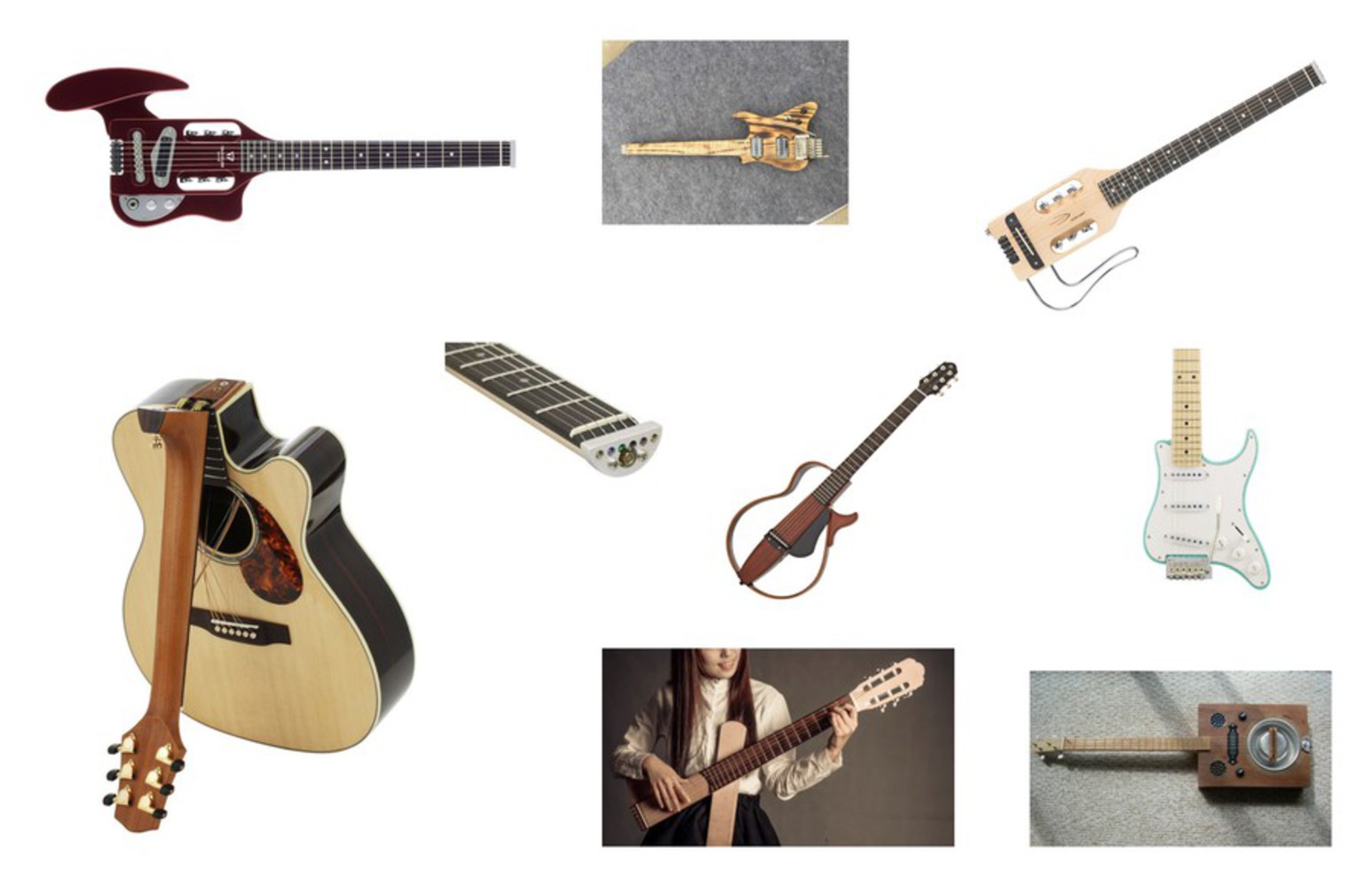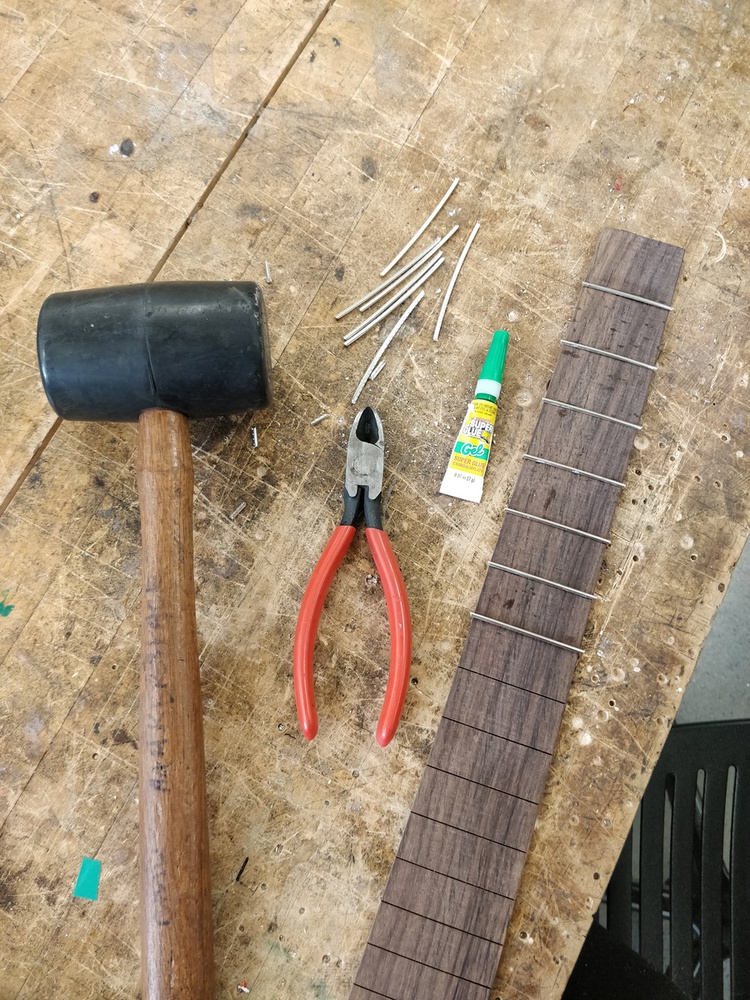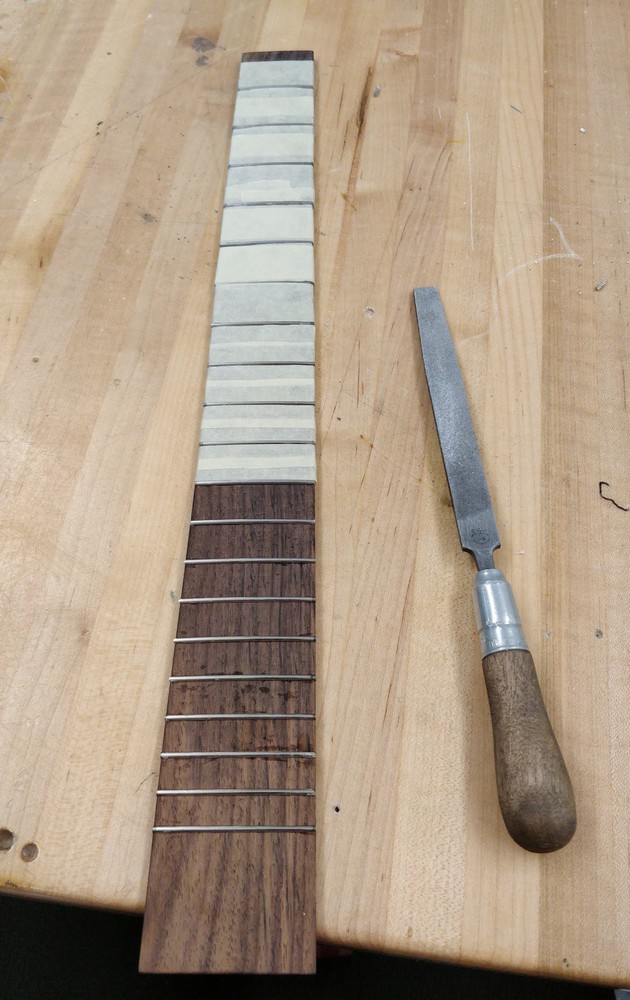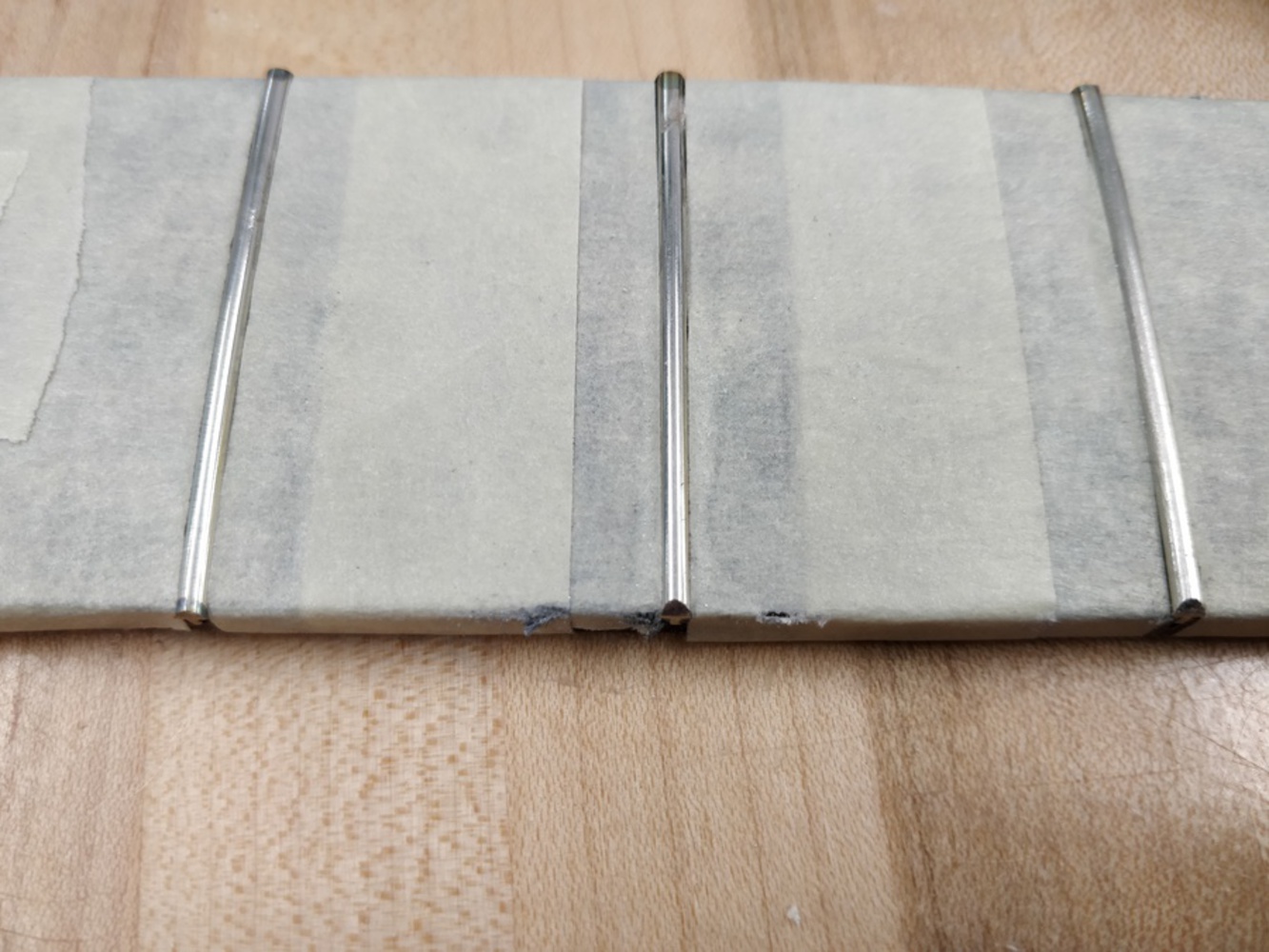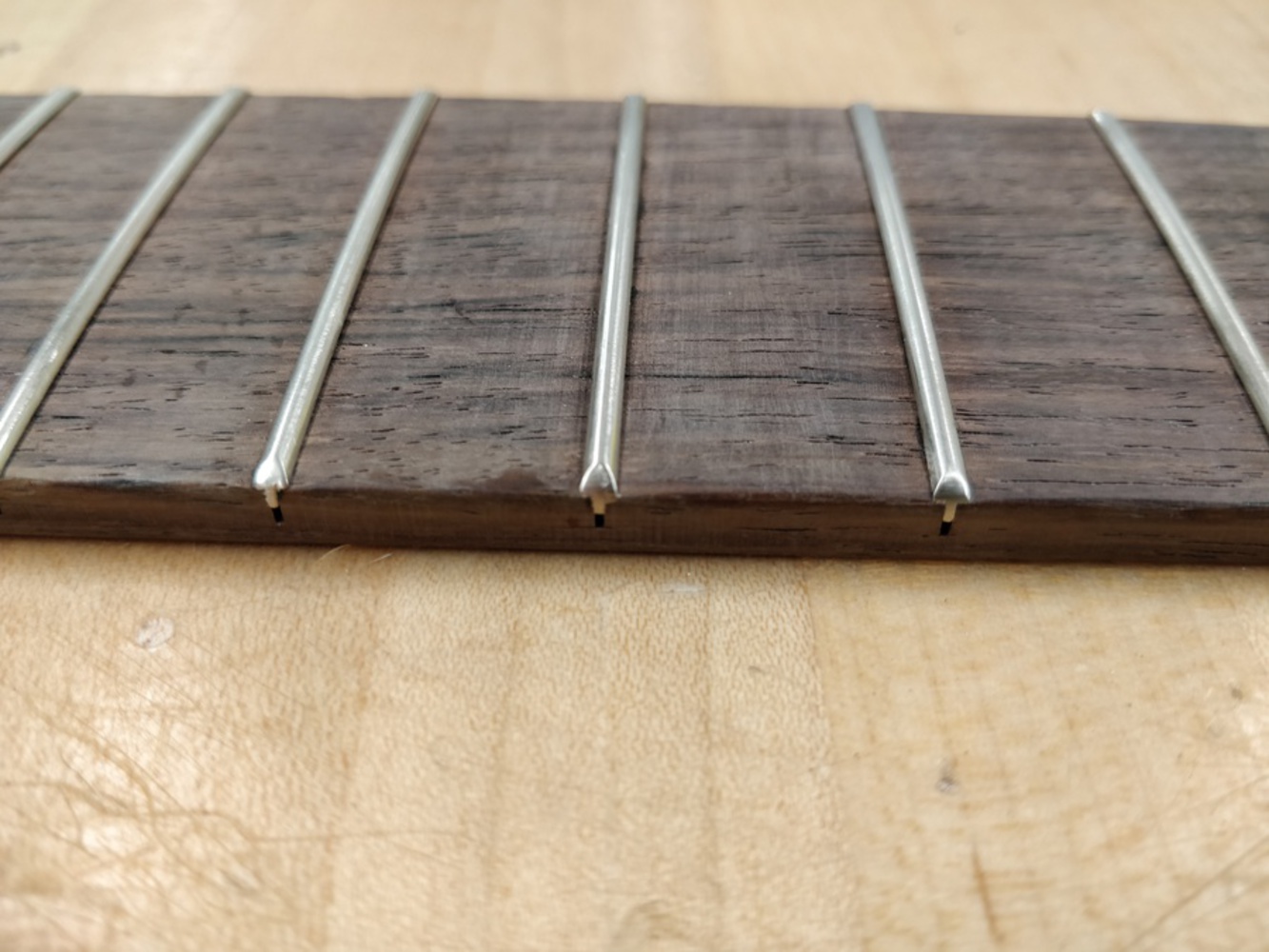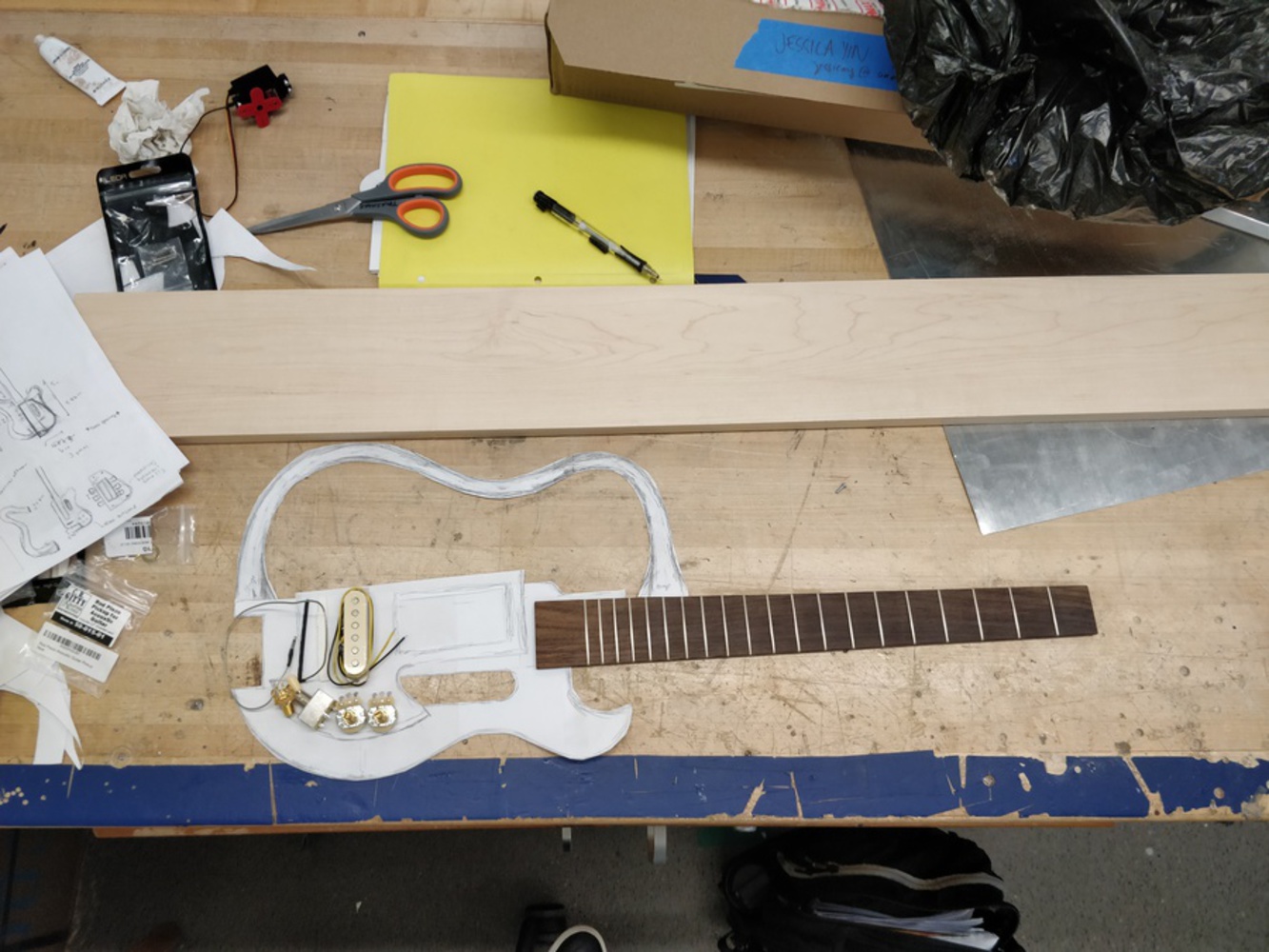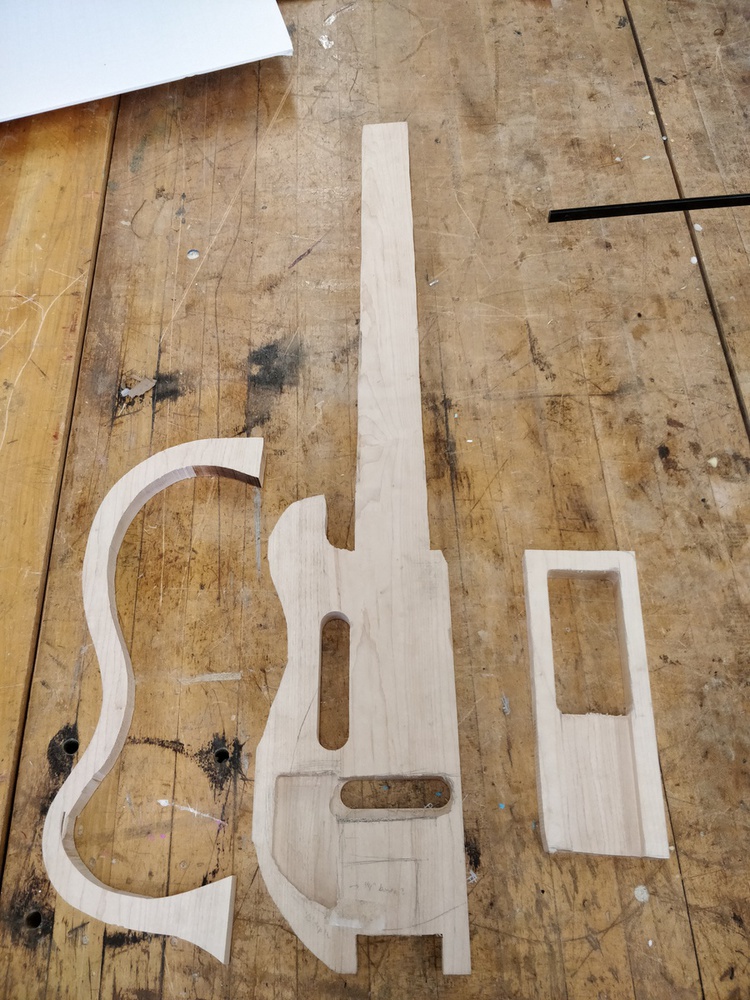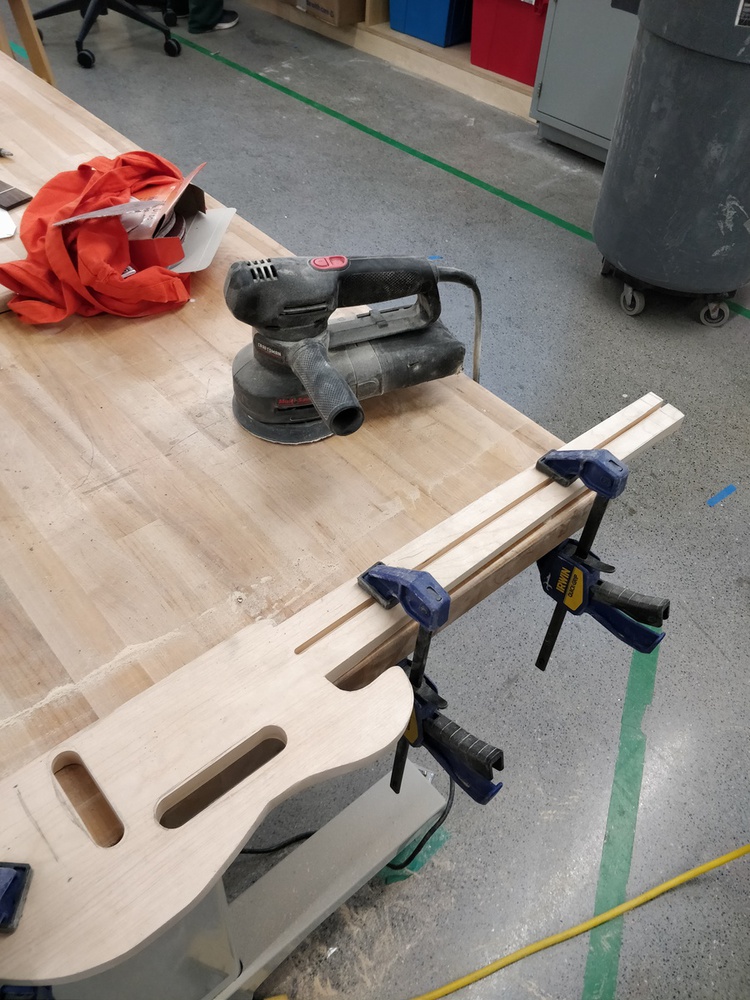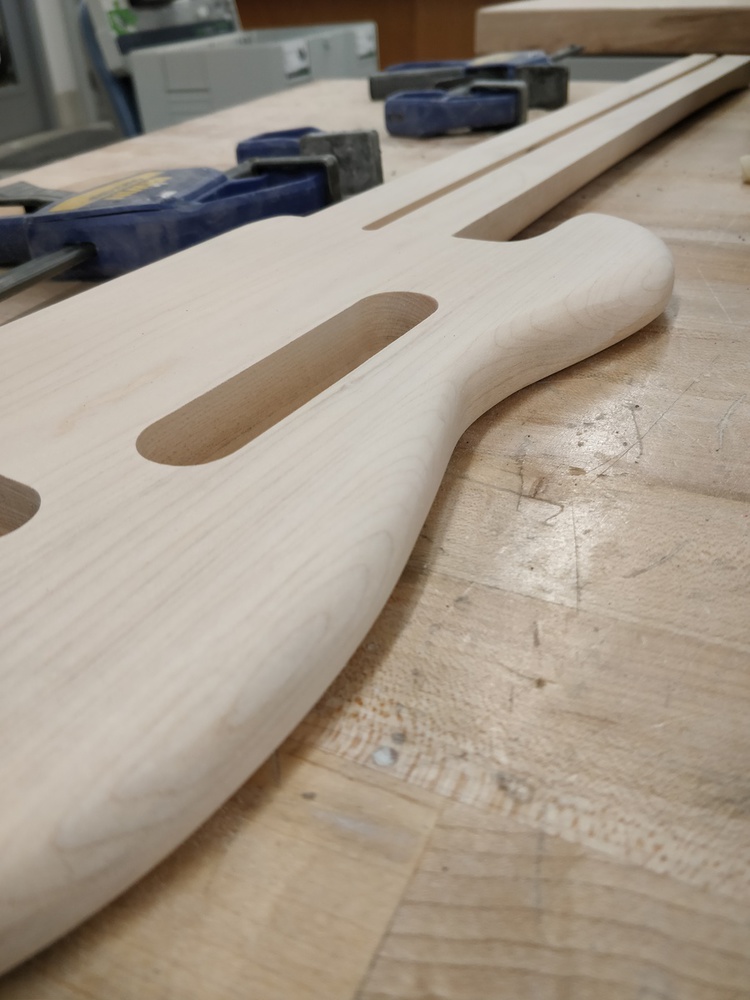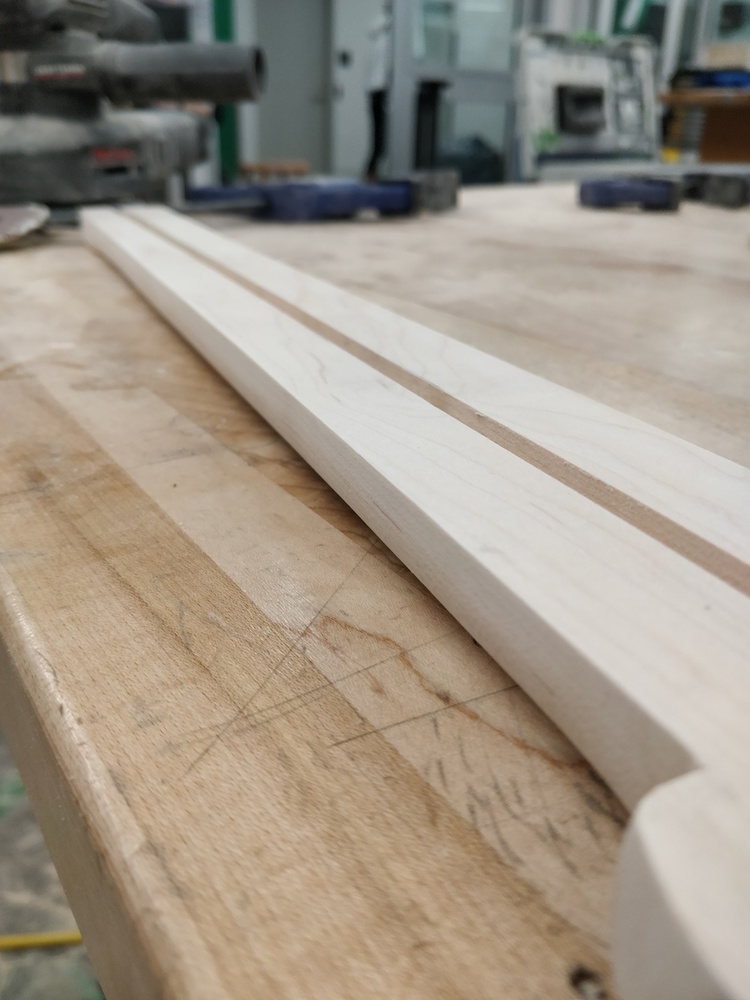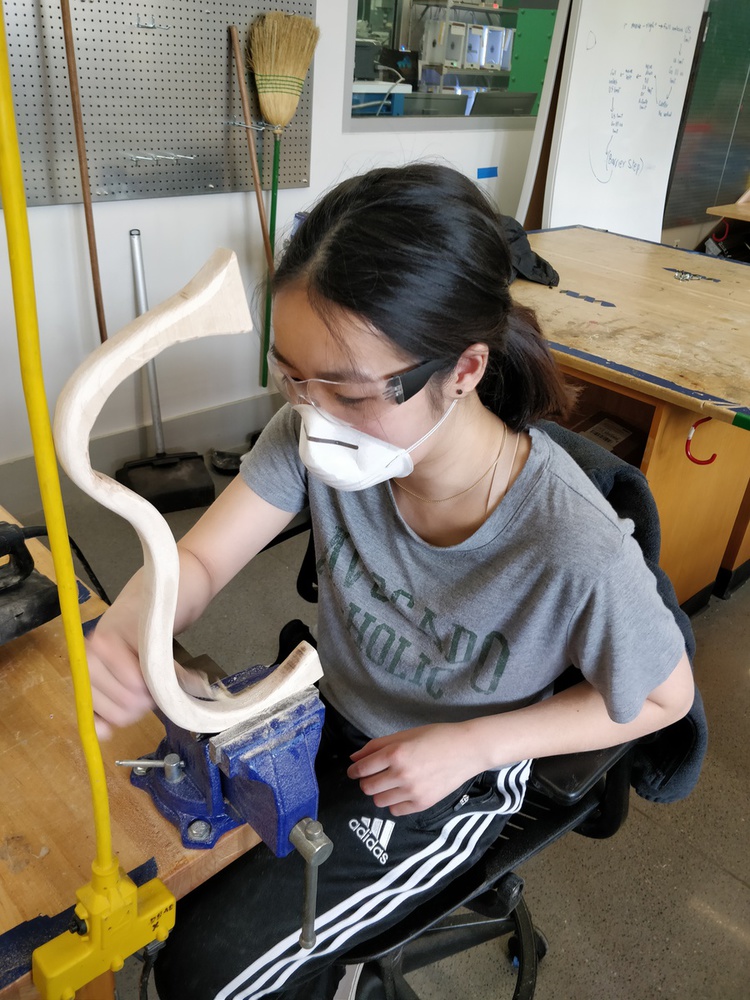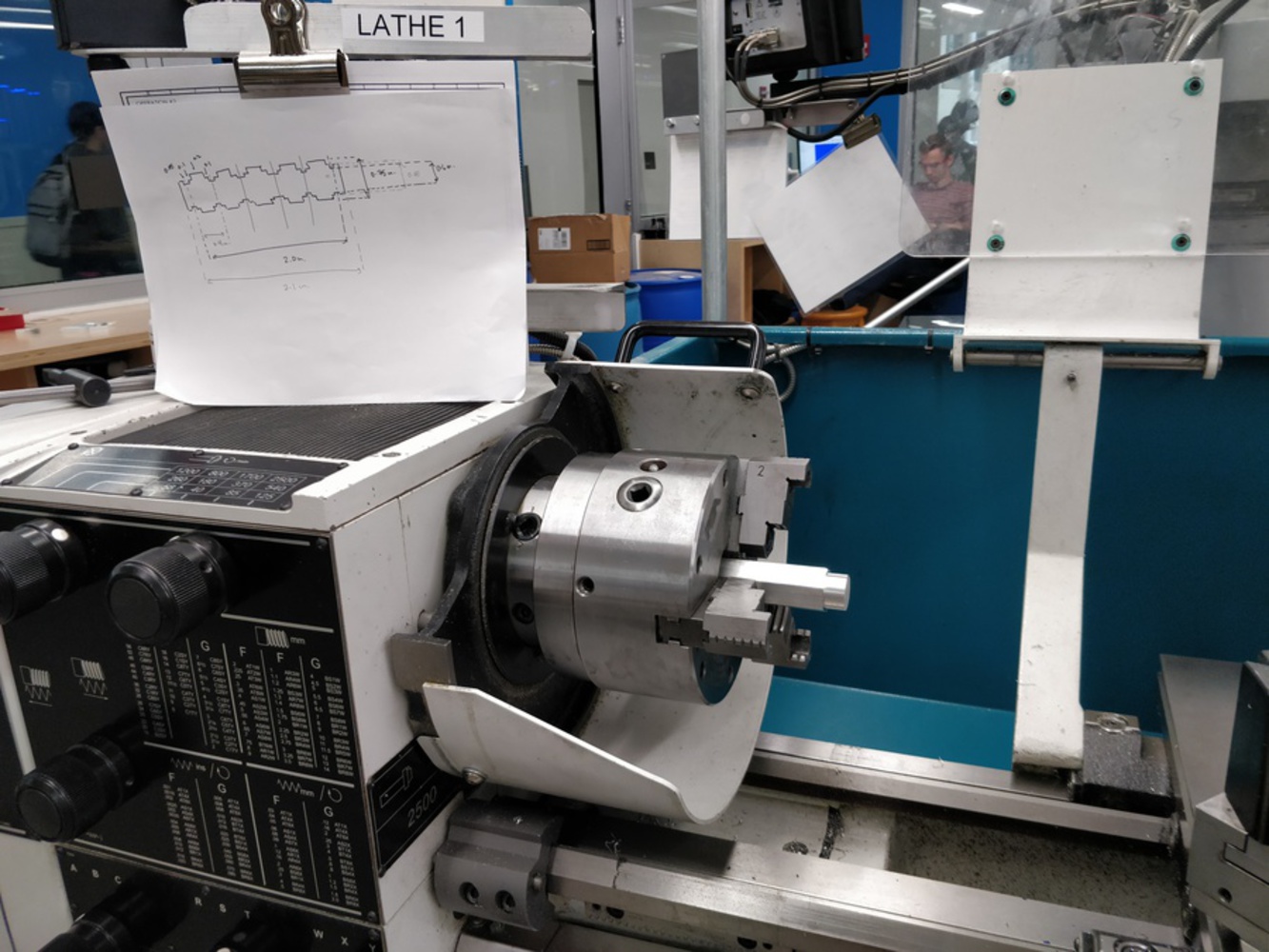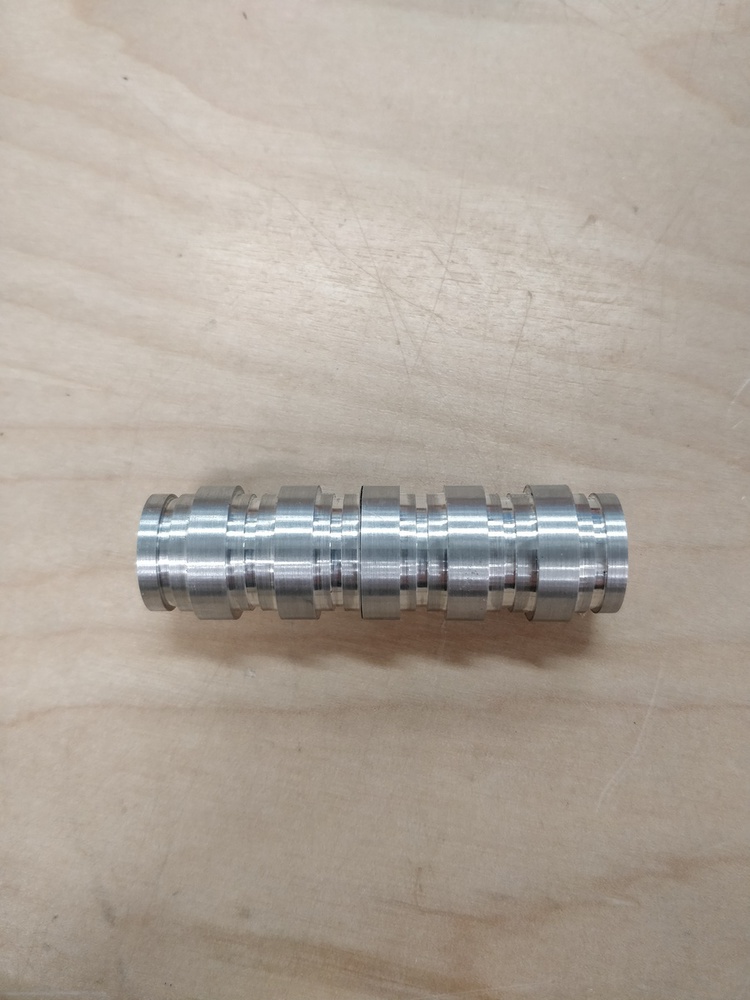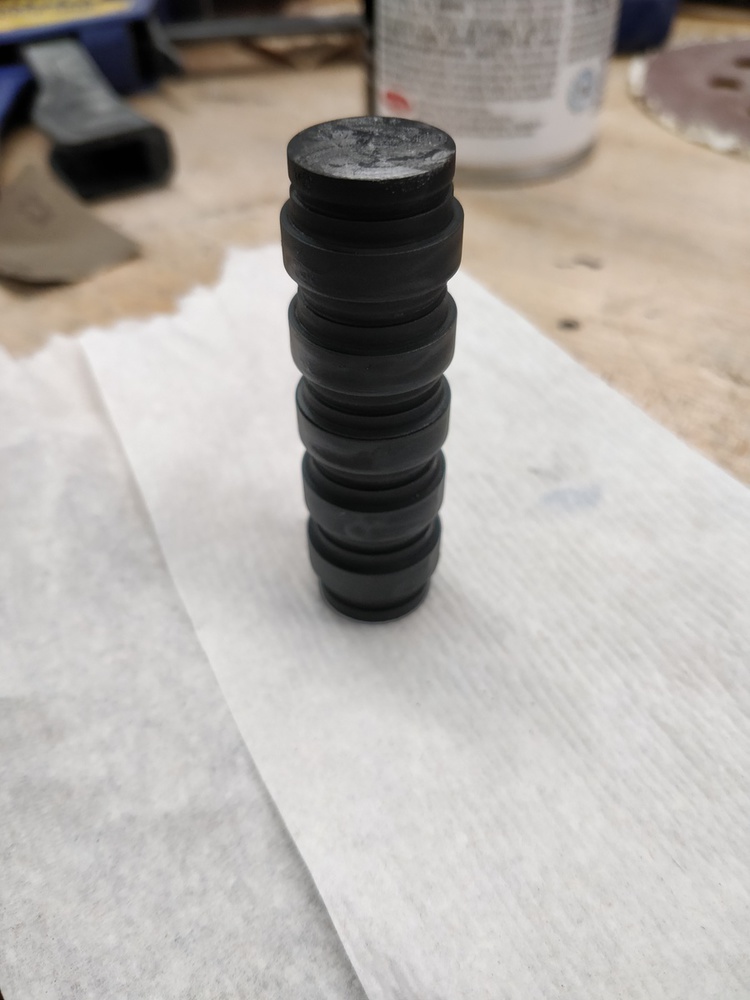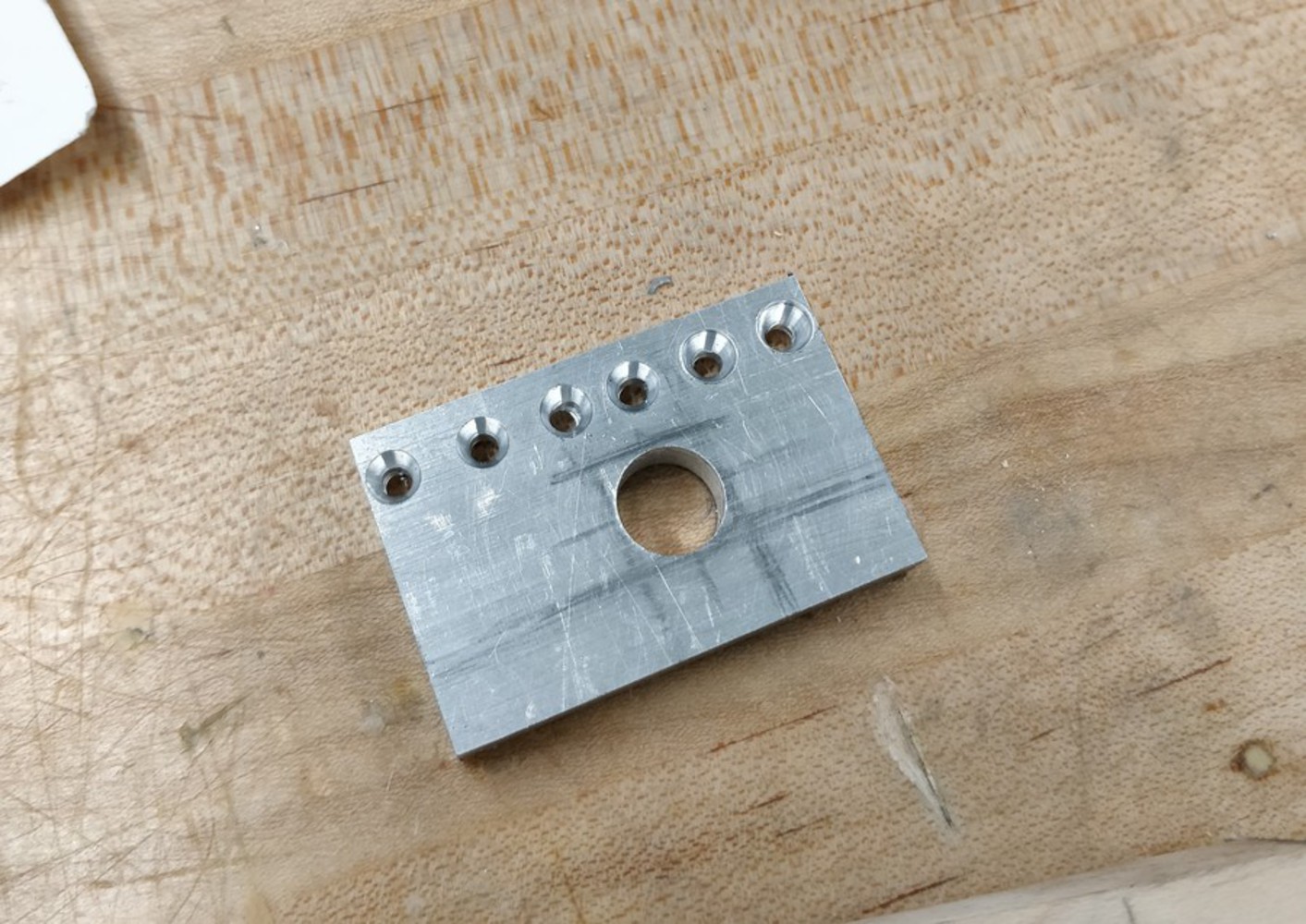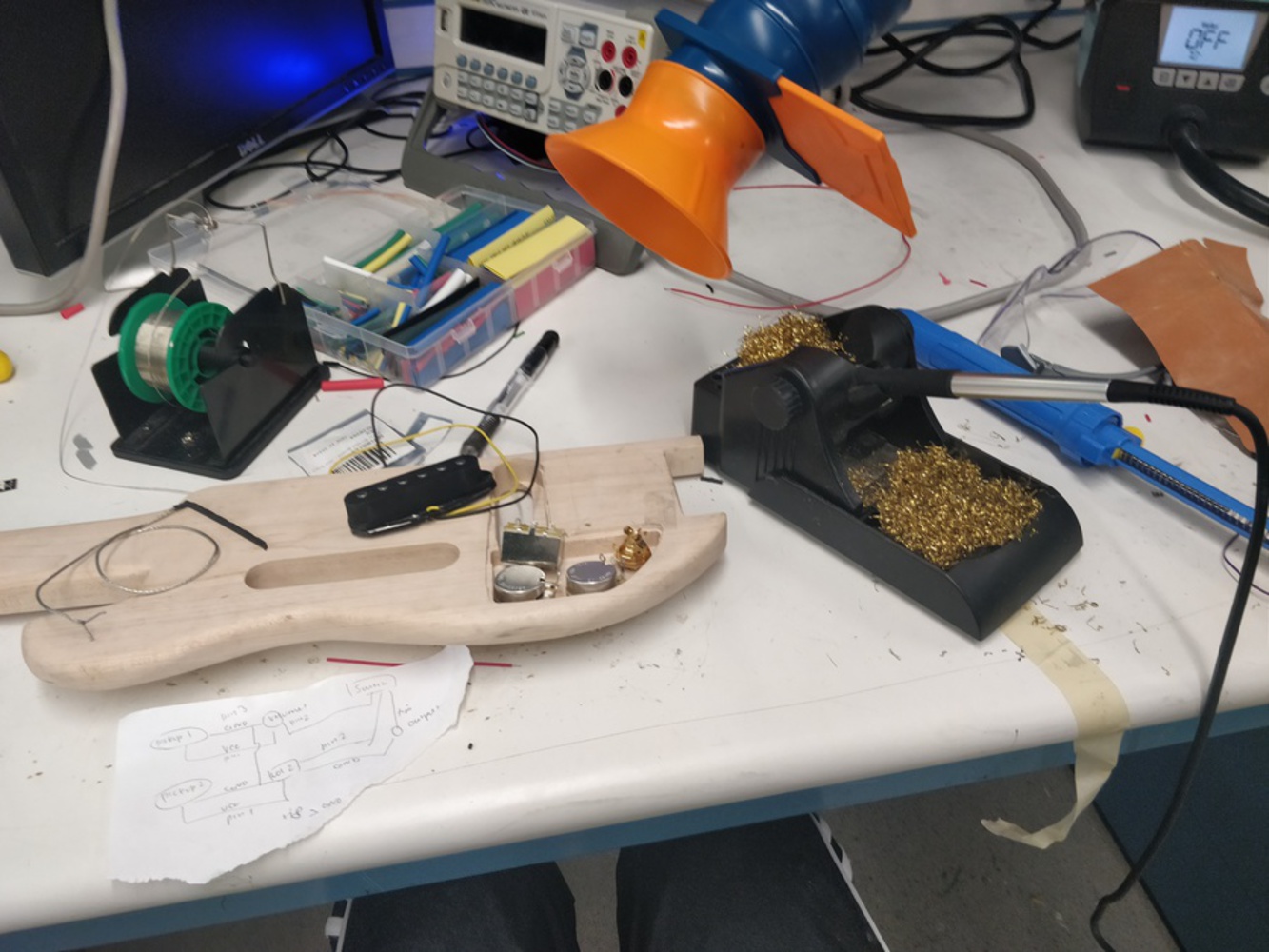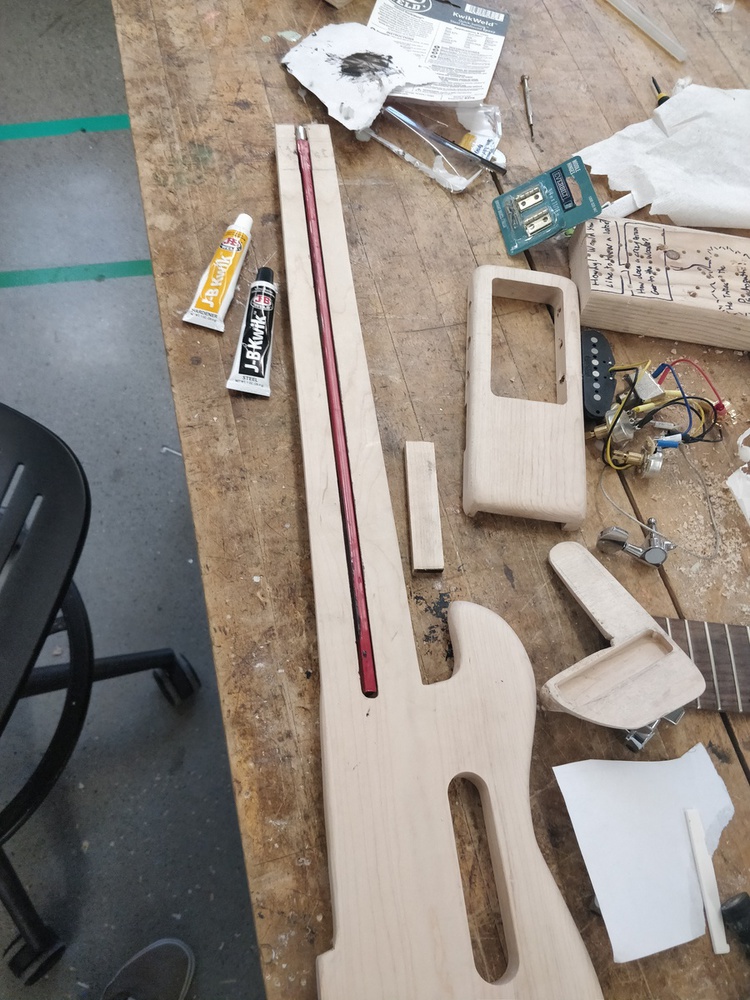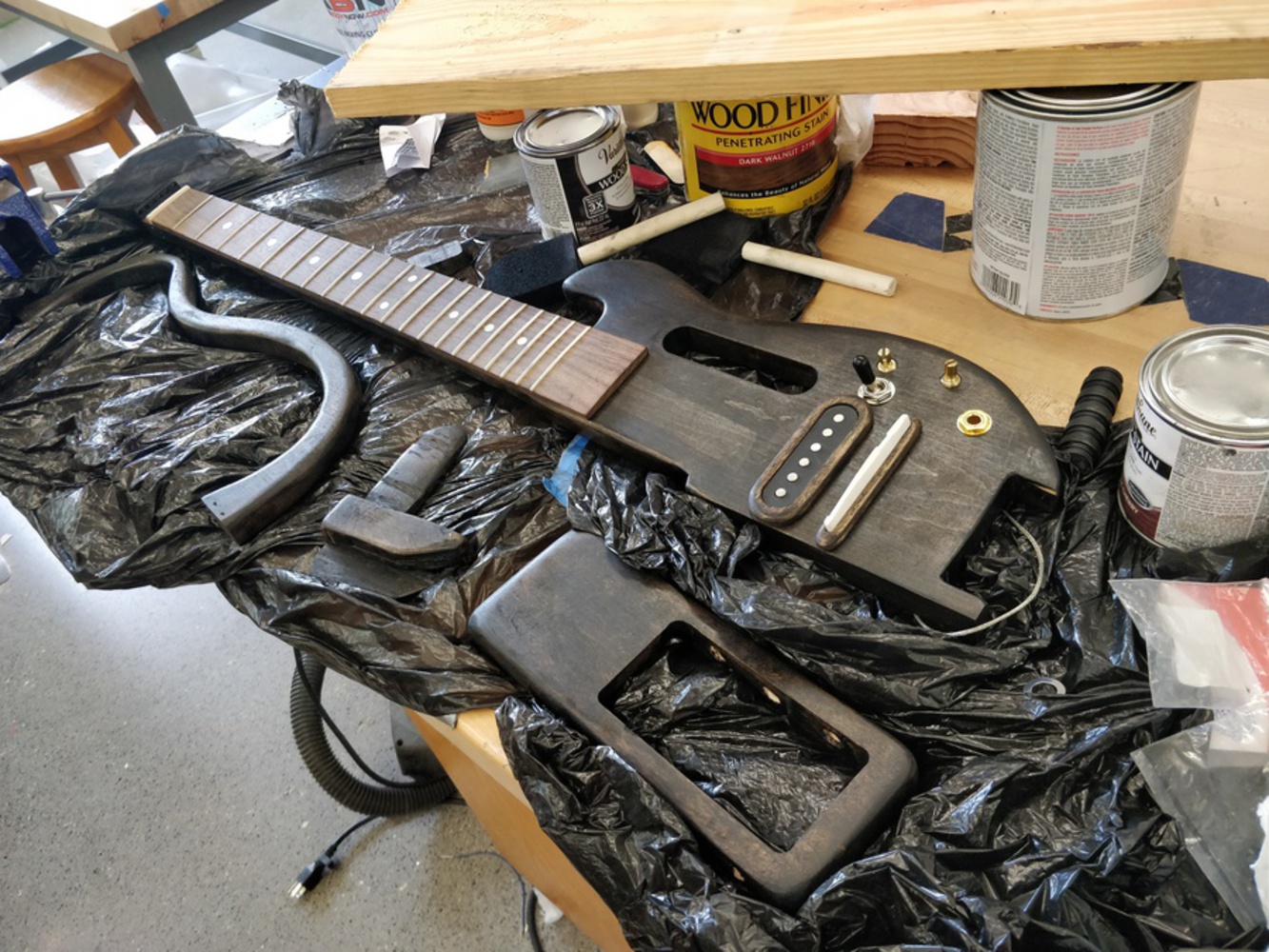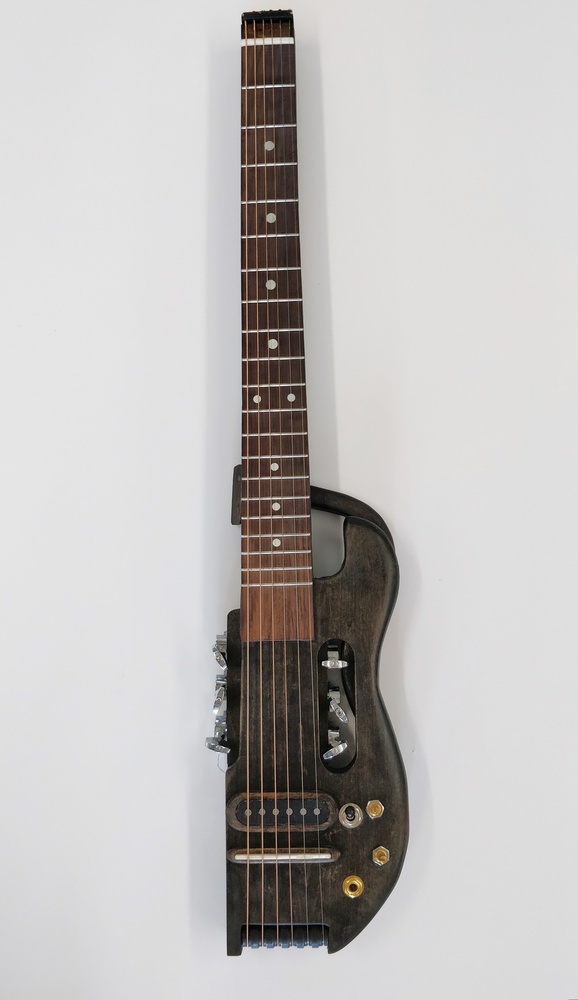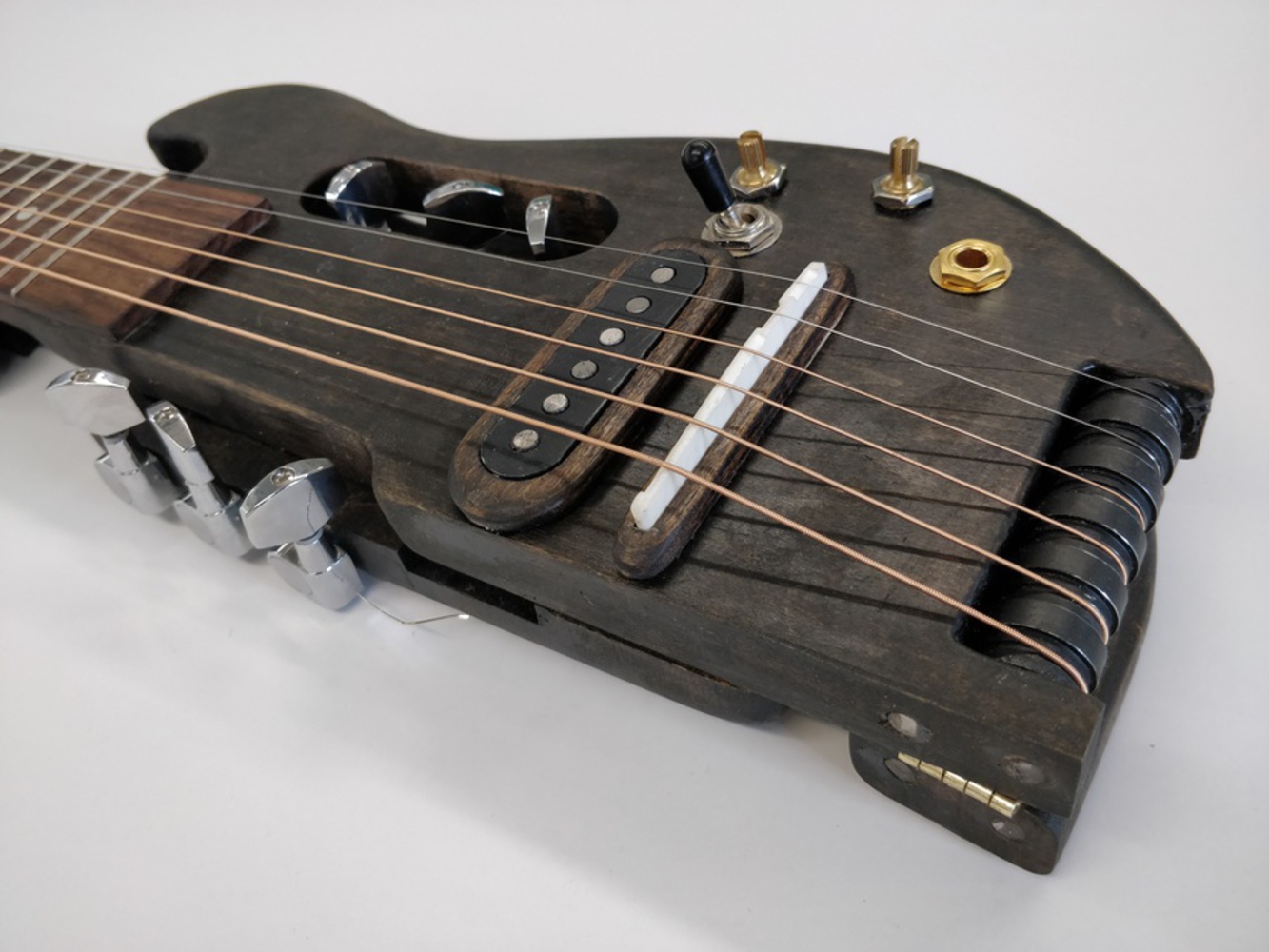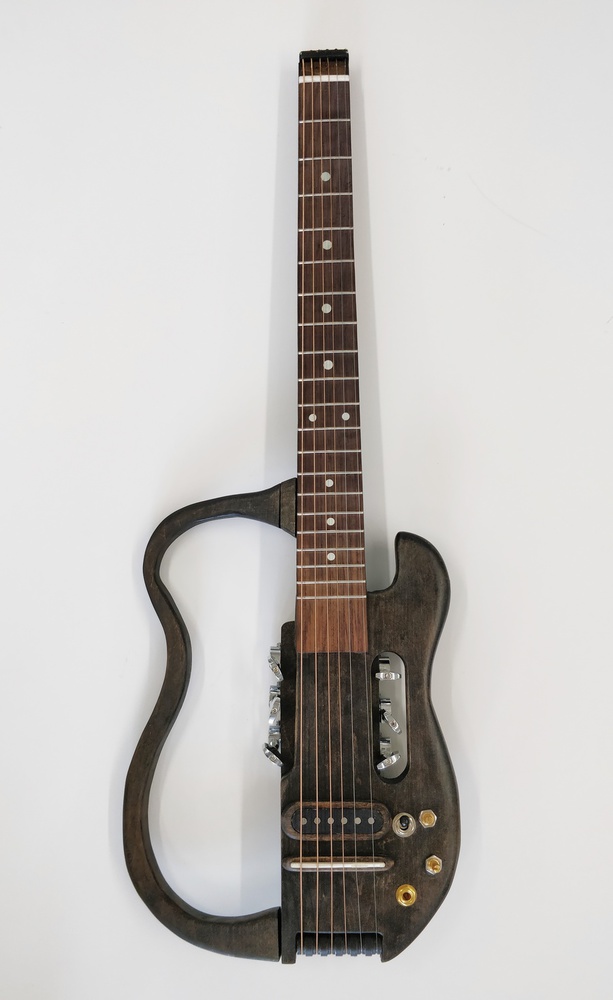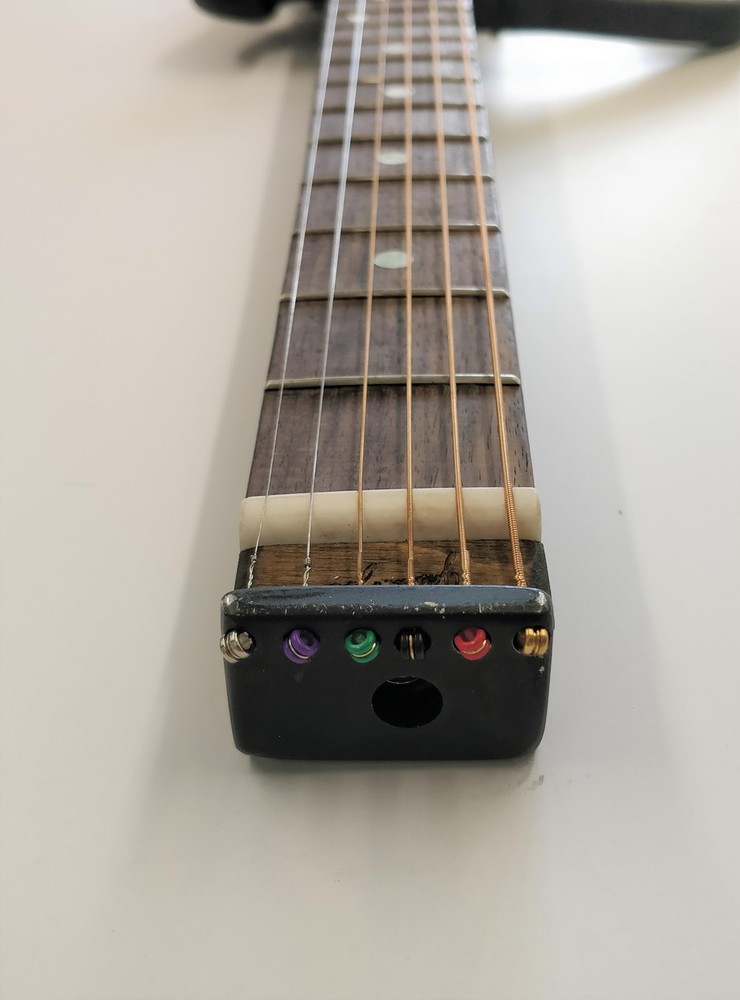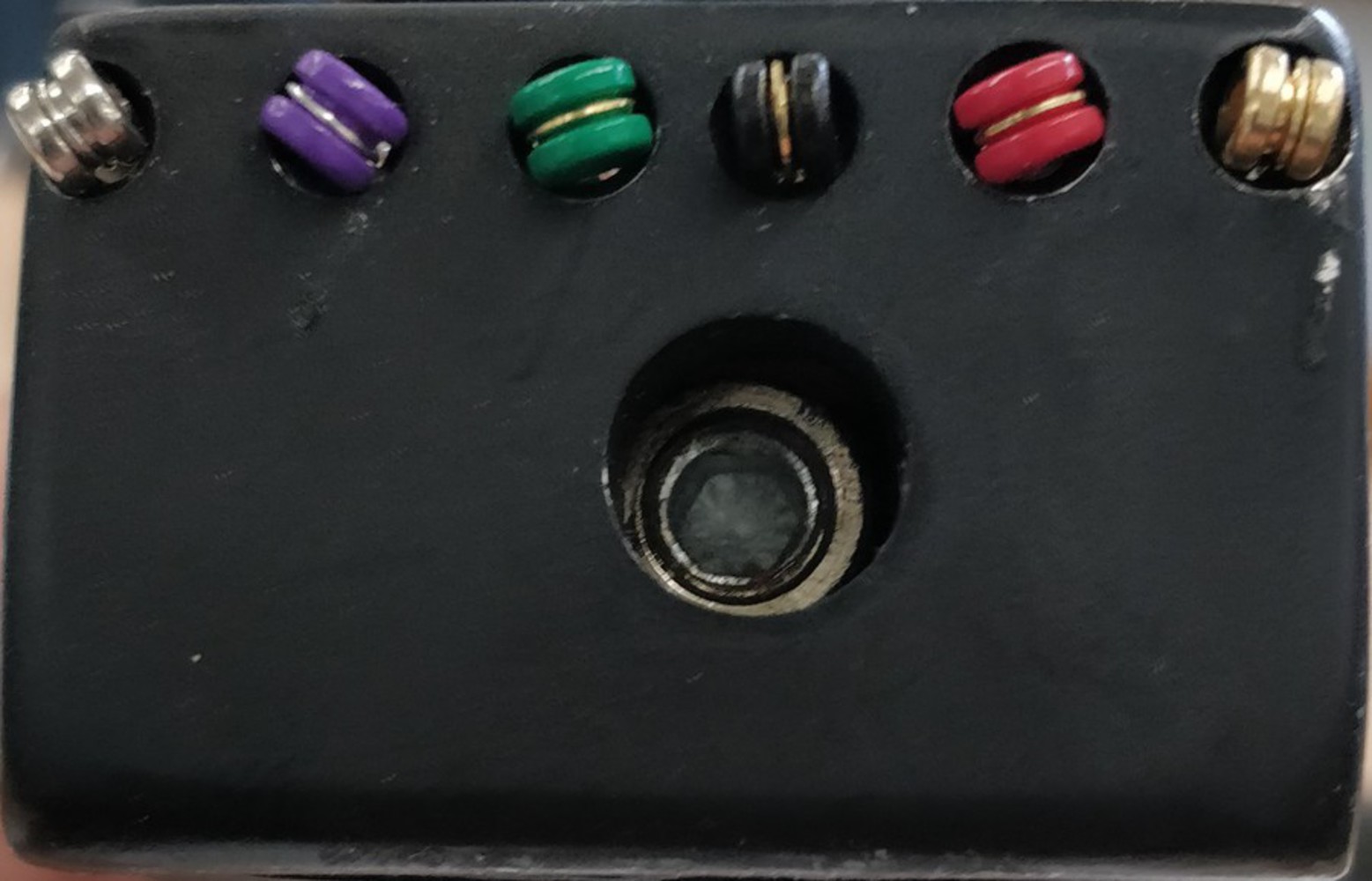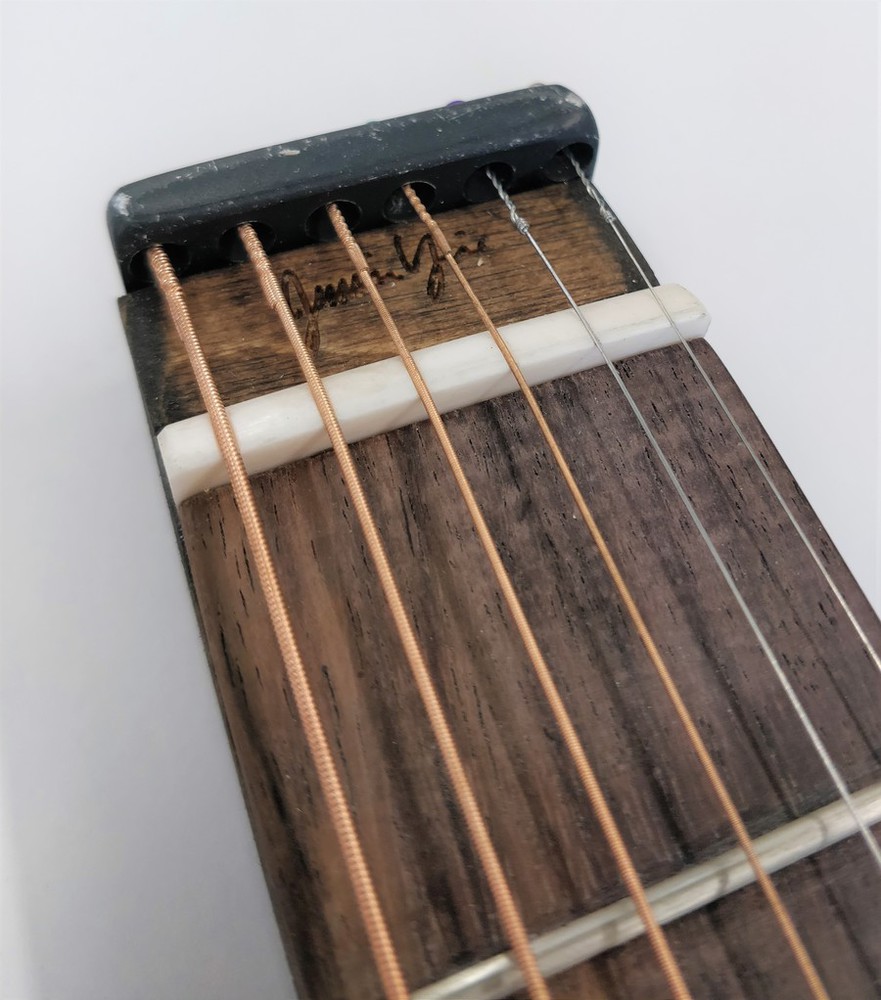For my final project, I decided to build a folding electric guitar. I have a guitar at home (in California) and I've always wanted to be able to learn and practice more, but it wouldn't be cost-effective to ship it or fly it back and forth. So, I decided to build a travel friendly and compact guitar that would allow for it to be a carry-on.
This product would be targeted towards people who play or want to learn to play guitar and are looking for a more portable instrument to practice on or take when travelling. It would also be well-suited for road trips or dorm rooms or any scenario where space is at a premium. Elements of the targeted demographic are shown in the first moodboard.
There are several travel-oriented or compact guitars on the market already, shown in the second moodboard. I looked to these for inspiration, especially the Traveler Ultra Light Acoustic Electric guitar with the design that places the headstock and tuning pegs in the guitar's body. I was also very inspired by the Yamaha Silent Guitar, with its minimalist body.

